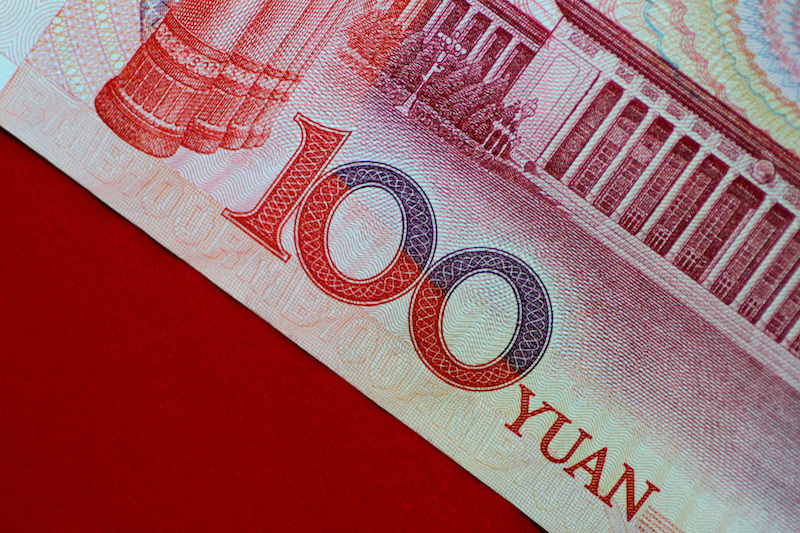The US dollar’s protracted strength has been making things difficult for financial policymakers in China and Japan.
State banks in China – unencumbered by global pacts and commitments on market rates – have been selling dollars to slow the yuan’s decline. And the mid-point for daily trade has also been adjusted.
The yuan rallied initially on Tuesday, before slipping further, after the central bank set its daily fixing stronger than market expectations for the second day in a row, bolstering speculation that authorities were becoming less tolerant of the currency’s weakness.
The yuan was at 7.2153 dollars at 12.44pm BST.
ALSO SEE:
Hang Seng Rallies on Property Hopes, Tech Drags on Nikkei
JPMorgan ‘bearish’ on the yuan
Wall Street bank JPMorgan said on Tuesday it was staying “bearish” on China’s yuan despite its recent slide and that the country’s central bank could look to step in to prevent the move accelerating.
“As spot currency weakness and depreciation expectations tend to be self-reinforcing, the People’s Bank of China might find it necessary to introduce some circuit breaker, with stronger fixings (the central bank’s official daily FX rate) a preemptive move to prevent currency weakness going non-linear,” JPMorgan’s analysts said in a research note.
Japan ‘not ruling out any options’ for yen
Meanwhile, Japan’s finance ministry and top yen diplomat Masato Kanda said they were “not ruling out any” options to fix a rapid and one-sided plunge by the yen.
Both countries have not done much since mid-May as the dollar cruised higher, gaining 8%-10% against their currencies and for any number of reasons – the yields, the flailing Chinese economy and the health of banks.
Reuters’ Vidya Ranganathan said “it’s time to get twitchy when the yuan is closing in on the 7.3-per-dollar levels last seen in November” – and, before that, in 2008.
Likewise, when the yen is around the 145-150 levels it tips the cost-benefit balance for Japan too, . Japan’s yen has weakened against the dollar so far this year significantly more than its regional counterparts.
Yuan down over 4% against the dollar
The yuan has slid more than 4% against the dollar so far this year.
And a factor that might be worrying Chinese authorities, analysts say, is that the yuan’s value against its major trading partners has fallen 2.16% this year, according to Reuters calculations based on official data.
Meanwhile, as we wait to see when Japan intervenes, it helps to remember Japan always goes for big.
Think September and October 2022, when it spent upwards of $60 billion as the yen fell to 32-year lows.
Those with short yen positions hoping to time a perfect trade need only look at the yen chart, and its 14 yen rally over 3 weeks for a tip.
Key developments that could influence markets on Tuesday: house prices in Britain and the ECB’s Sintra conference kicks off.
- Reuters with additional editing by Jim Pollard
NOTE: This report was updated with further details on June 27, 2023.
ALSO SEE:
Yuan Falls to 7-Month Low as China Cuts Prime Lending Rates
Berkshire Shrinks BYD Stake Again With $86.3 Million Sale
S&P Lowers China GDP Outlook, More Stimulus Seen in July
Yield Curve Call Sparks BOJ Policy Doubts as Yen Struggles
Japan Admits Spending $48 Billion Rescuing Plummeting Yen






















